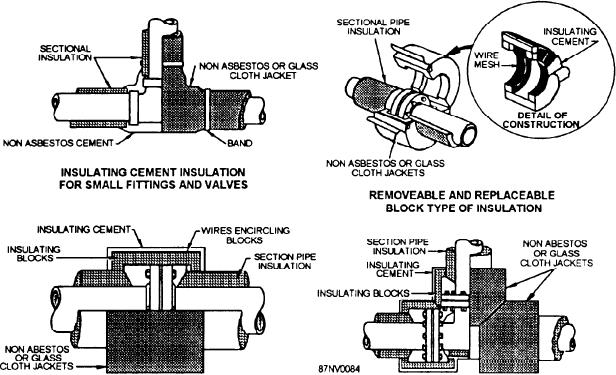Figure 16-45.--Permanent-type insulation of pipe fittings, flanges, and valves.
Covers shouild fit perfectly and should project over
1. Covers may bc similar to the flexible fiberglass
adjacent permanent insulation.
type described for piping components.
Any one of the following methods of fabrication is
2. Covers should be made in sections formed of
acceptable for piping components:
insulating block and held together with wire and
adhesive cement. These sections should be covered
1. Covers may be made in two halves out of
with a 1/2-inch thickness of finishing cement, and
thermal insulating felt enclosed with 0.008-inch
diameter knitted wire mesh on the inside and end
lagged. Lace with hooks, rings, washers, and wire, or
surfaces. The outside of the covers will have a fibrous
brass snap fasteners to secure the covers.
glass fabric conforming to MIL-C-20079, class 9.
Observe the following general precautions when
Each half cover may be sewn and quilted with
you apply and maintain insulation:
polyetrafluoroethylene (PTFE) coated fibrous glass
1. Fill and seal all air pockets and cracks. Failure
yarn or thread. The covers may also be fastened with
to do this will cause large losses by conduction and by
stainless-steel staples to provide uniform thickness,
2. Covers exposed to temperatures of 450F and
2. Seal the ends of the insulation and taper off to a
above must have a 0.008-inch diameter knitted wire
smooth, airtight joint. Use sheet metal lagging at joint
mesh on the inside surface and on the ends. Fibrous
ends or other points where insulation is liable to
glass cloth conforming to MIL-C-20079, class 9, must
damage. Cuff flanges and joints with 6-inch lagging.
be used on all outside surfaces. Covers for use at
3. Fibrous glass cloth covering fitted over
temperatures of 850F and above must have a filling
insulation should be tight and smooth. It may be sewed
consisting of fibrous glass felt, MIL-I-23128. The
with yarn or may be cemented on.
knitted wire mesh must be made of 304 annealed
stainless steel.
4. Keep moisture out of all insulation work.
Moisture is an enemy of heat insulation. Any dampness
Either of the following methods of fabrication is
acceptable for removable and replaceable covers for
machinery and equipment:
materials.
16-40






